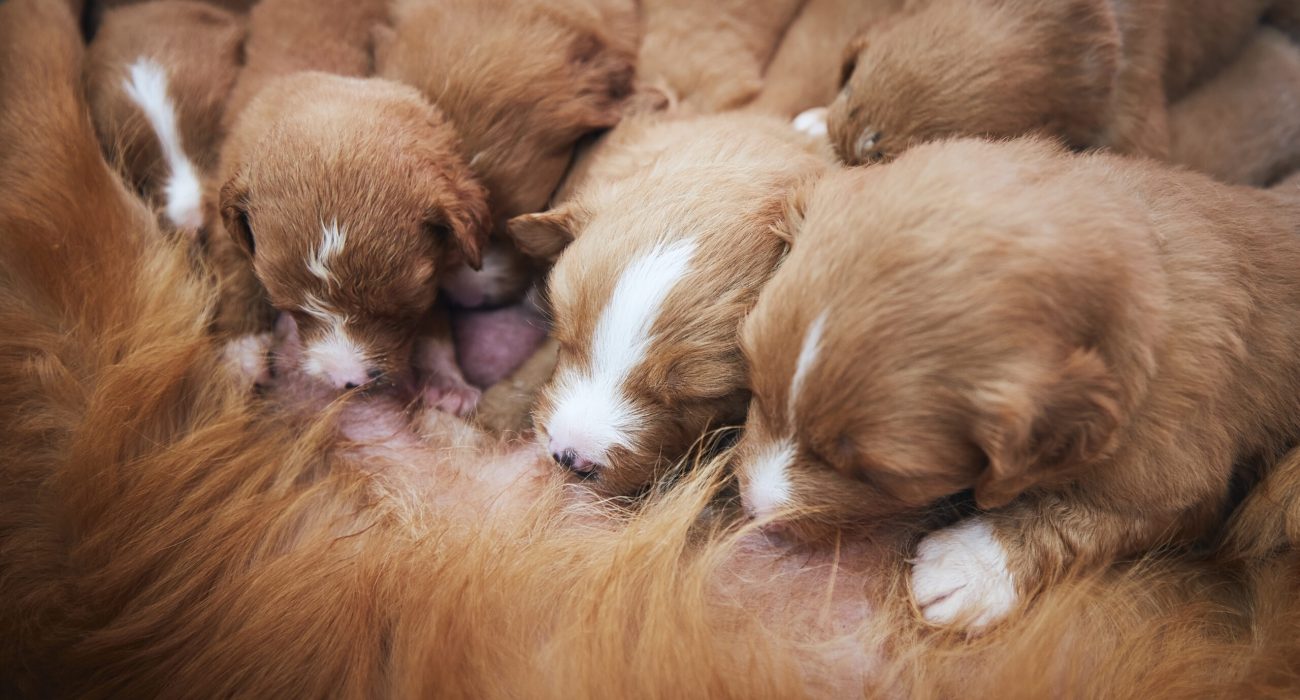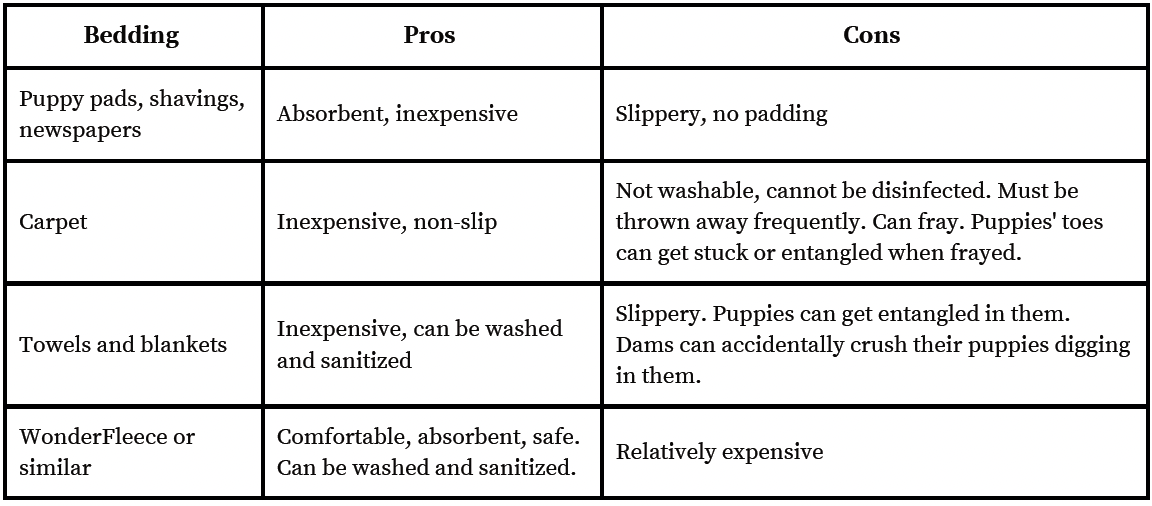
ICAW Seminar
The Indiana Council of Animal Welfare (ICAW) exists to protect and preserve the animals of Indiana and safeguard the rights of responsible animal owners and breeding professionals through education and sound legislative actions.
Where to set up your whelping area
Dams need a quiet, calm place to give birth. Do your best to set up the whelping area away from barking dogs and noise, in a low traffic area. In kennels, having a separate area or room for moms and puppies is ideal.
Make sure that your dam will still have access to areas where she can eliminate or get outdoor exercise. If your dam doesn’t have access to an outside run, be sure to take her outside regularly to eliminate and exercise. Meet your dam’s social needs but try to stick with known, trusted handlers.
Cleaning
The whelping area should be cleaned daily. Pick a time when mom needs to go to outside or take a break from her puppies. Place the puppies in a small box or carrier lined with a towel while you clean. This is also a great time to weigh the puppies. Once puppies are three weeks of age, this is also a great time to do some gentle handling and socialization. (see our Handouts: Quick Tips for Success: Puppy Body Handling and Puppy Socialization)
A whelping area should be warm, with adequate temperature control. The ideal ambient temperature range for newborn puppies is between 70-80°F. Seal gaps around doors and windows to prevent drafts. Provide natural or dim lighting – keep the light cycle as normal as possible and avoid constant light.


The perfect whelping box
Many breeders choose to provide their dogs with a whelping box within the general whelping area. A whelping box can keep puppies contained and warm, while helping your dam feel sheltered. You may choose to buy a commercially available box, or you may prefer to build your own. Whether you choose to buy or build:
Heating sources
Puppies need help maintaining a healthy body temperature for their first three weeks. The puppies and mom should have room to move away from the heat source if needed. The dam will likely need access to cooler areas. Her comfortable temperature range can depend on her size and breed. In addition to the recommended ambient temperature, the puppies need a warmer contact surface. This is important if the dam spends a lot of time away from her puppies.
Bedding
Use absorbent, non-slip bedding and puppy pads or newspapers under bedding to keep the whelping area dry and clean. Shavings and washable pet beds can also be used as bedding.



The Indiana Council of Animal Welfare (ICAW) exists to protect and preserve the animals of Indiana and safeguard the rights of responsible animal owners and breeding professionals through education and sound legislative actions.

Some of the benefits of permanent structures are more stability, as well as the fact that the building can be repurposed at any point, if a breeder decides to move or leave the industry. The thing is, almost all of the features and options that are available in permanent structures are now also available in portable buildings, so that’s nice.

Not something we want to talk about, but something that needs to be addresses: Threats within our company. Whether it’s a grooming business, a daycare, or a professional breeding business, there are certain threats that could become reality if our Weaknesses are not addressed.
Part 5 of this amazing continued series of articles dedicated to explaining and helping you implement the SWOT Analysis in your business or kennel. Another great article, done by Chuck Holt, with New Now Services, and this one focuses on the T of the acronym: Threats.